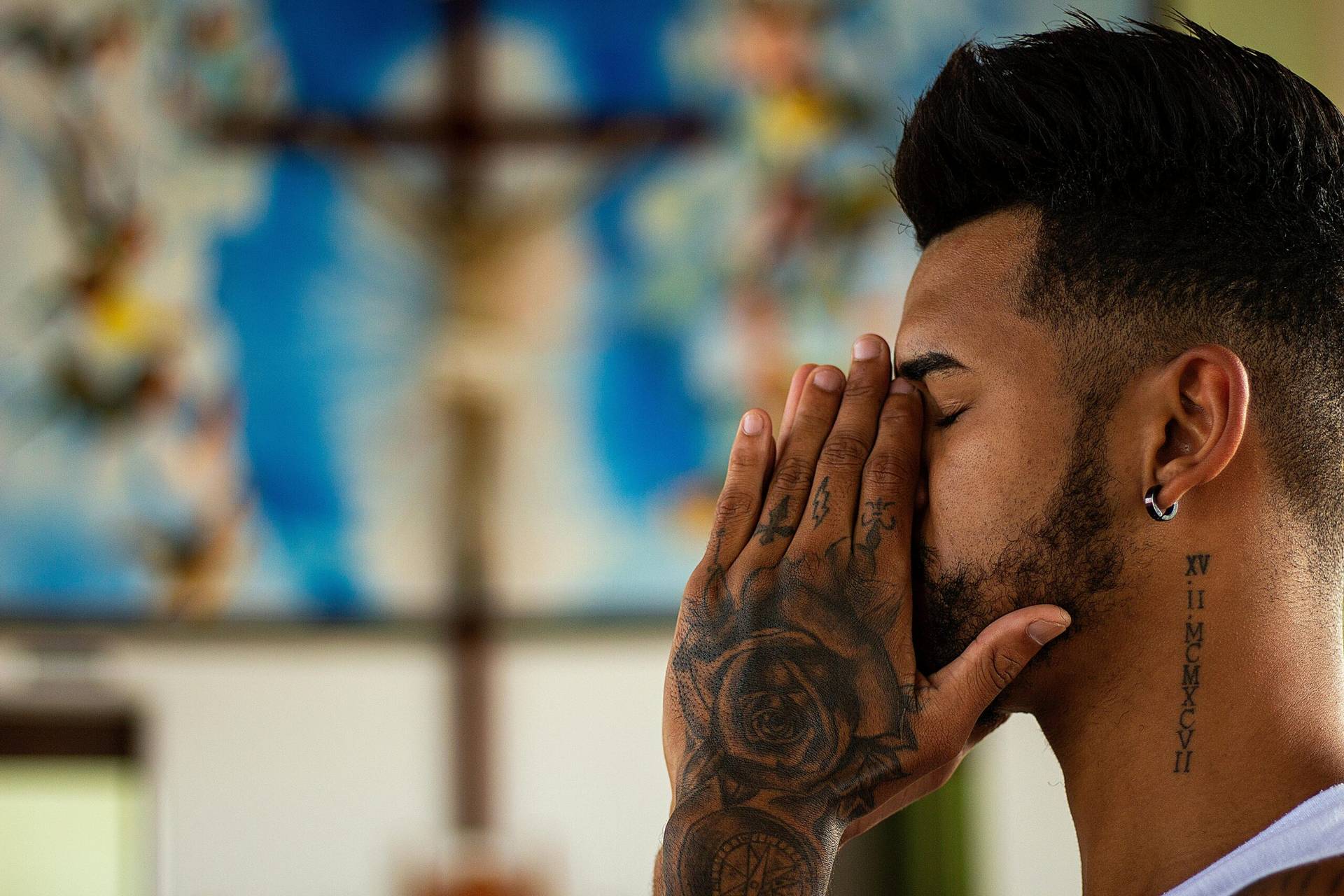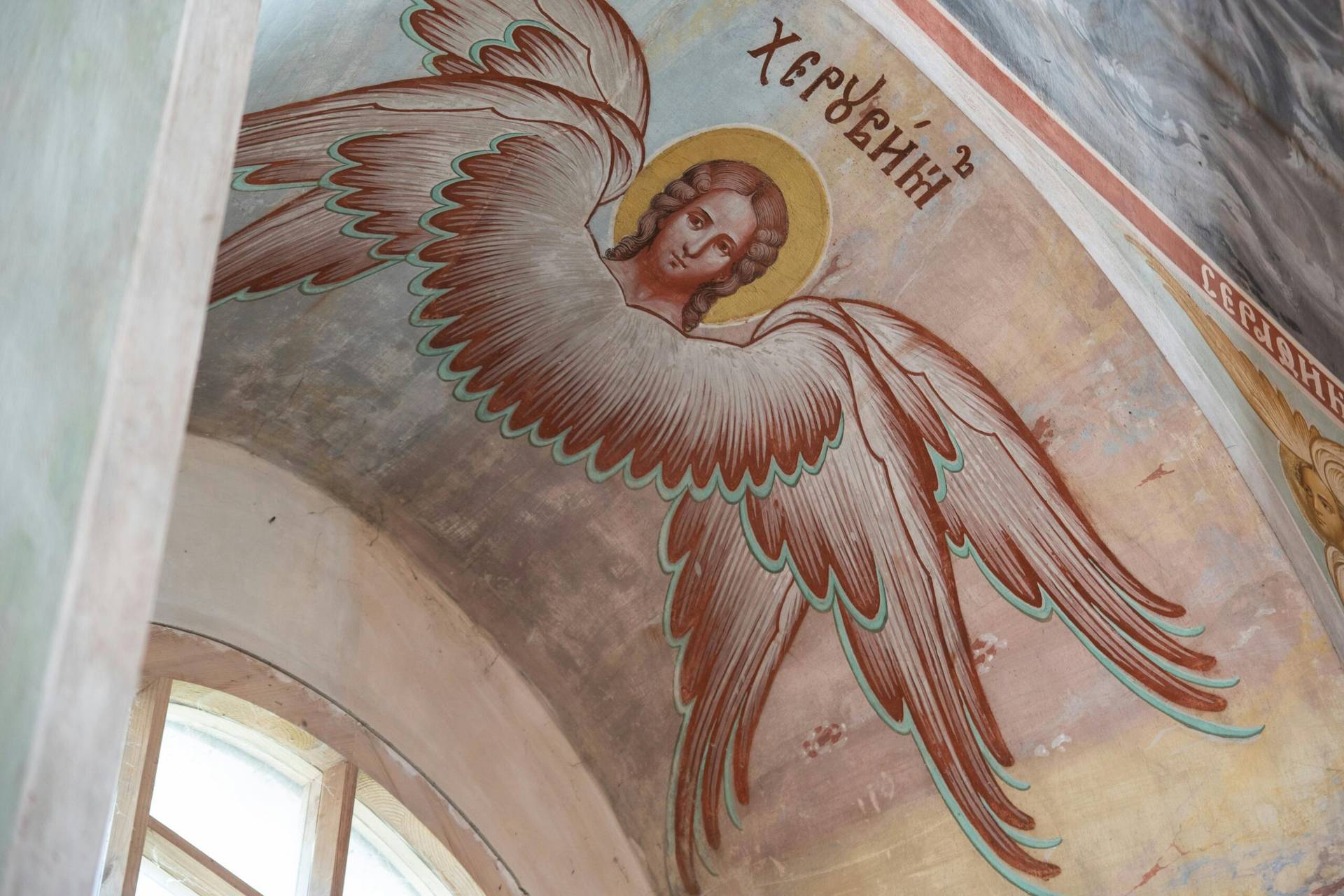ROME — When a United States president seen as an arch-conservative meets a pope seen as a darling of the left, people could be forgiven for wondering if U.S.-Vatican relations are on their way to a new low point.
Will Donald Trump and Pope Francis even be able to find any sort of common ground? (Hint: Yes.)
But even if Trump storms out of the Apostolic Palace with a scowl on his face and Francis refuses the traditional exchange of gifts, it will be nowhere near the lowest point in the relationship.
For that, you would need a civil war, a presidential assassination, as well as complete incomprehension of the other’s worldview: You would have to go back over 150 years, during the reign of Pope Pius IX.
Pius, like Francis, began his pontifical career as a reformer, although the Vatican was a hugely different affair at the time. The pope was still an absolute monarch in his domain, but instead of ruling 110 acres with a population measured in the hundreds, Pius ruled the Papal States, which stretched through central Italy and had a population of over 3 million, ranging from south of Rome to Bologna in the north.

Pius was elected as a liberal, and started a slow reform, much like his 21st century successor. However, in Pius’s case, the reform was not considered good enough by liberals, and they drove him from Rome during the 1848 Revolution.
After his return, behind a French army, Pius gave up on his liberalizing program, and developed a strong suspicion of republics and democracy.
The revolutions of 1848 were largely supported from afar by Americans – and this attitude was strengthened by the thousands of people arriving in the U.S. who had fled after they were suppressed.
Pius IX was unpopular with the non-Catholic population, and riots broke out in 1853 when Archbishop Gaetano Bedini, who had been labeled the “Butcher of Bologna” for his supposed – and disputed – actions during the revolution, visited the country on the first diplomatic mission sent by the Vatican to the United States.
This was compounded by the seizure in 1858 of the young boy Edgardo Mortara from his Jewish parents by the pope’s government, because it was discovered he had been baptized years before by a Catholic servant. The controversial case was covered nearly daily by major U.S. newspapers, and caused outrage in the country.
At the time, Vatican documents also often spoke out against such treasured American ideals as freedom of speech, freedom of worship, self-government, while extolling the virtues of monarchy and the aristocracy; more fuel for the fire of anti-Catholic sentiment.
The majority Protestant population was becoming suspicious that the growing number of Catholic immigrants wanted to impose “popish government” on the young country.
Then came the U.S. Civil War.
Pius had reasons not to favor the United States. In 1837, Ralph Waldo Emerson had labeled the first skirmish of the American Revolution the “shot heard round the world,” and in 1848, Pius had heard the echo of this shot, and not liked the sound.
Pius had also lost most of his temporal holdings in 1860, when after the 1859 Austro-Sardinian War, the Sardinian monarchy had annexed the central Italian states, including all the Papal States.
Pius managed to hang onto Rome and its environs (in the aftermath of the 1848 revolutions, Austria had provided for the defense of most of the Papal States, except for Rome, which had been protected by France, which was Sardinia’s ally in the war.)
One of the first nations to recognize this newly proclaimed “Kingdom of Italy,” was the United States. Add to this the fact Abraham Lincoln offered Italian revolutionary Giuseppe Garibaldi the rank of Major General in the Union Army, although he refused unless Lincoln offered to make him commander-in-chief of all his armies.
In 1863, Confederate leader Jefferson Davis sent Pius a letter thanking him for offers of prayers for peace he had given to the Catholic population in New Orleans. When the pope wrote back, addressing his missive to “Illustrious and Hon. Jefferson Davis, President of the Confederate States of America, Richmond,” it caused outrage in the United States, especially since the contents of the letter implied the Confederacy was more interested in peace than the Union.
Vatican diplomats assured Washington the address was not an act of recognition of the rebel government, just an act of courtesy; but the damage had been done.
Pius also sent Davis a signed photo of himself after the war when the former Confederate ruler was imprisoned. The legend the pope also sent Davis a crown of thorns is apocryphal, although the crown, woven by Davis’s wife, was displayed with the picture in a museum in New Orleans.
Yet the most damaging event for the relations between the two sides was the assassination of Abraham Lincoln, and the discovery a large number of the plotters were Catholics.
David Herold, Samuel Arnold, Samuel Mudd (the doctor that treated John Wilkes Booth’s broken leg), and Mary Surratt and her son John: All Catholic. Even non-Catholics Michael O’Laughlen and George Atzerodt had names which “sounded Catholic” to most other Americans.
The conspirators met in Surratt’s home, although John pulled out of the plot when it was changed from kidnapping to murder.
It was his escape from justice which involved the Vatican.
His mother, along with David Herold and two other conspirators were hanged. The rest were sentenced to life in prison.
The younger Surratt escaped to Canada, where he was hidden by a priest. Smuggled out of the country to England, Surratt was then given shelter in a Catholic Church in Liverpool.

And then he went to Rome and joined the pope’s army.
The Pontifical Zouave was a foreign legion of Catholics from around the world who promised to protect the last remaining bit of territory controlled by Pius.
Enlisting under an alias, Surratt was spotted by an old friend and reported to the U.S. Consul. When Pius was informed a suspected conspirator in the assassination of Lincoln was in his army, he was horrified and ordered his arrest.
But Surratt escaped, and was helped out of Italy by Garibaldi’s army, which was surrounding Rome.
The Italian nationalist thought helping Surratt would further poison the relationship between Pius and the United States, and he was right.
The United States Congress – angered over the letter to Davis and Surratt’s service in the pope’s army – passed a law in 1867 banning any future funding for United States diplomatic missions to the Vatican, a law which was on the books until the 1980s.
That day – February 28, 1867 – has to be considered the lowest point in relations between the United States and the Vatican.
Pius died in 1878, having been a “prisoner of the Vatican” since 1870, when the Kingdom of Italy finally conquered Rome.
The New York Times, in its obituary, said his pontificate removed “the last vestige of popular or democratic government…from the Catholic Church.”
It would take a lot for Francis and Trump to top that.
(Pius IX’s reputation survived all this – even his detractors spoke of his personal holiness – and he was beatified in the year 2000 by Pope John Paul II.)
















